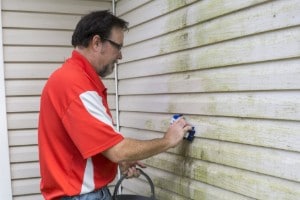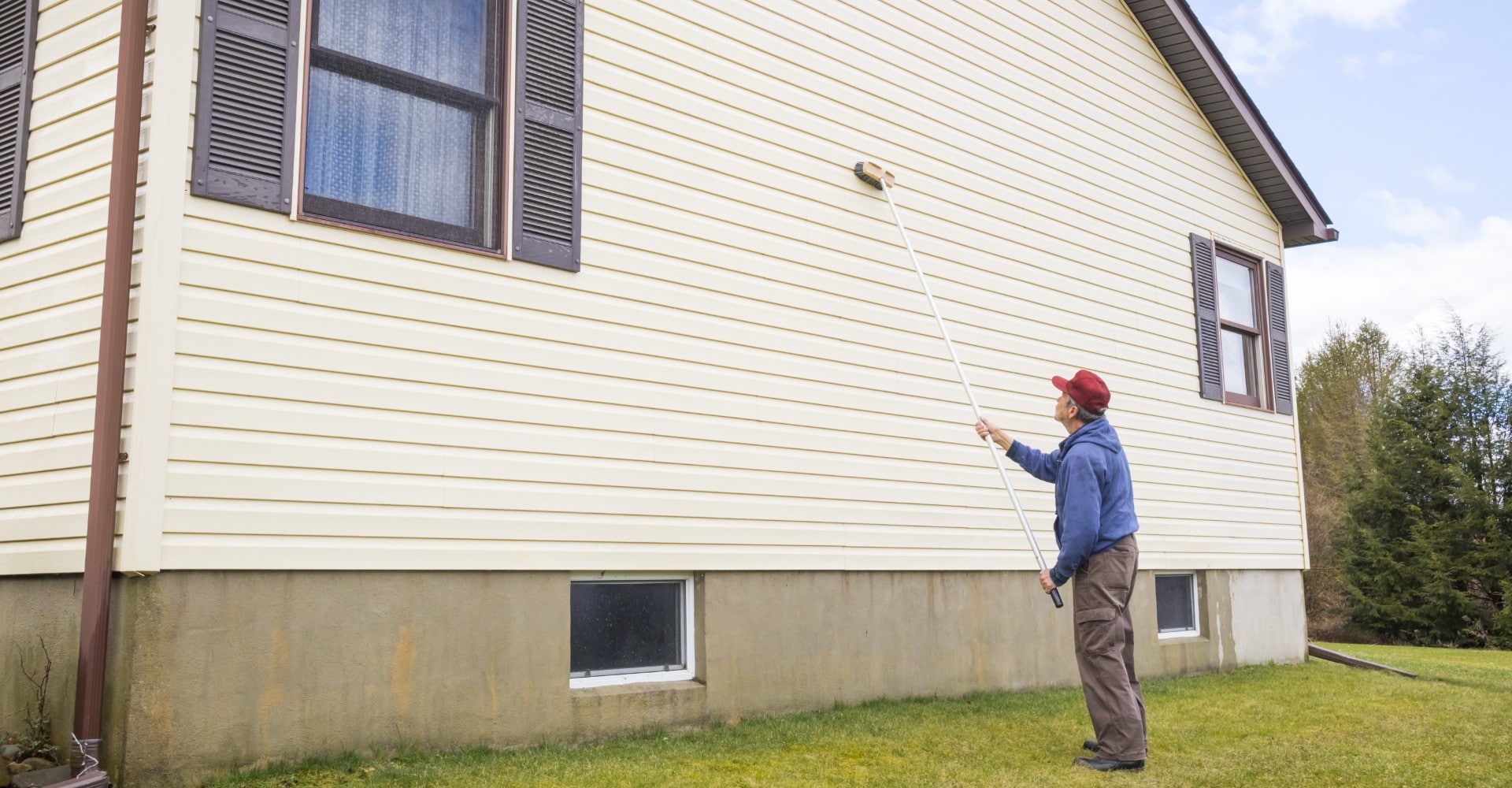Seasons change inevitably, so it’s a must for all homeowners to ascertain that their houses are ready. Rising or falling temperatures, along with various environmental factors, can wreak havoc on your residential property. A house siding, in particular, needs some special attention to make sure that it doesn’t succumb to these elements.
The house siding is a vital exterior material installed as protection against the elements. It is designed to be capable of withstanding the usual adverse conditions, including rain, extreme heat, frost, and strong winds. However, you can’t assume that its durability is flawless all the time.
Clean Your House Siding
 For starters, get ready for a thorough cleaning. See to it that no dirt, grunge, mildew, or debris get stuck to the siding. They may look harmless at a glance, but they can facilitate damage by attracting pests, which may dig or burrow their way into the property. Also, the accumulated dirt can have chemical reactions with the siding material, which ruins its appearance.
For starters, get ready for a thorough cleaning. See to it that no dirt, grunge, mildew, or debris get stuck to the siding. They may look harmless at a glance, but they can facilitate damage by attracting pests, which may dig or burrow their way into the property. Also, the accumulated dirt can have chemical reactions with the siding material, which ruins its appearance.
Inspect House Siding Damage and Do the Needed Repairs
Another essential tip to remember is the regular inspection of the sidings. They unavoidably undergo natural wear and tear, which degrades the quality of the siding material. You may find holes, cracks, or peels. These damages may not be that serious, so you may be able to fix them with adhesives. However, make sure that the temporary house siding repair you do lasts for a reasonable period.
Band-aid fixes won’t cut it. If you notice that your sidings are nearly falling apart, it’s time to have them replaced. When doing replacements, don’t settle for unreliable and unknown options. Always prioritize quality so you can be assured that the replacement you get is in for the long haul.
Related Content: Kansas City Siding Repair
Remove Anything that can Affect Your House Siding
 Another vital step to do is limiting or eliminating other factors that may cause damage to your siding. For instance, make sure that your gutters are clean. Rainwater, especially the acidic precipitation in cities, can damage your sidings as it leaks into the walls.
Another vital step to do is limiting or eliminating other factors that may cause damage to your siding. For instance, make sure that your gutters are clean. Rainwater, especially the acidic precipitation in cities, can damage your sidings as it leaks into the walls.
Moreover, it’s advisable to control plant overgrowth near your house. If you have shrubs planted near your walls, make sure that you trim them. Their twigs and branches may look brittle, but the frequent, small movements caused by the wind can have damaging effects.
Similarly, you should carefully remove vines that climb onto your walls extending to your siding. They might pull your siding with them as they are blown by strong winds. These vines most likely don’t compare to your siding cost, so it’s better to remove them right away.
Related Content: 3 Cost-Efficient Siding Options for Your Home
Main Takeaway
The steps in preparing your house siding for the changing seasons are by no means difficult or complicated. It may be tough to keep up with the different weather conditions, but these are things every homeowner is expected to do as part of their property maintenance routine. Besides, it’s difficult to find a good excuse not to do them properly.







